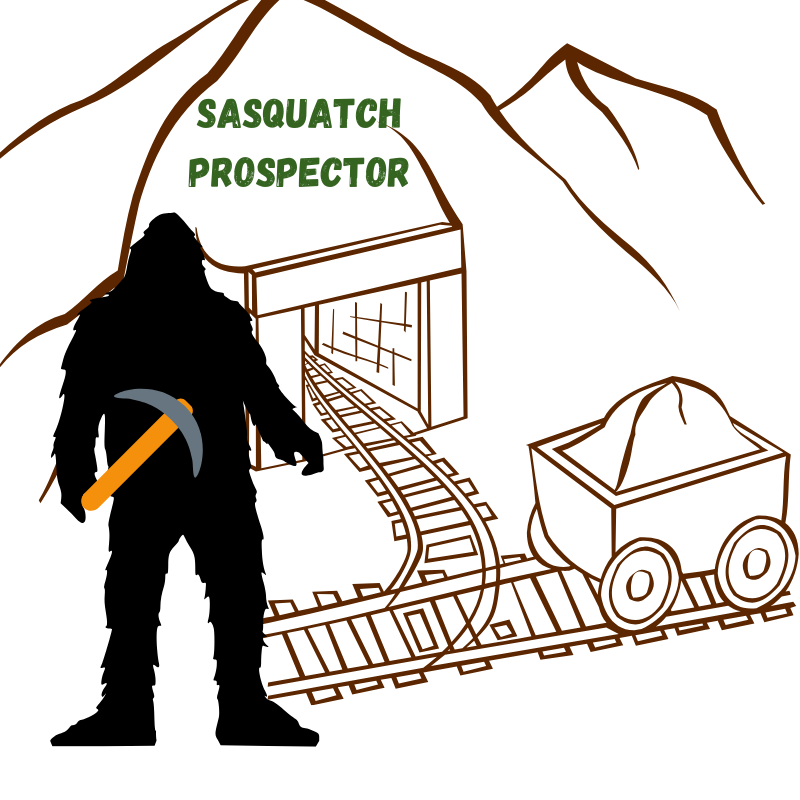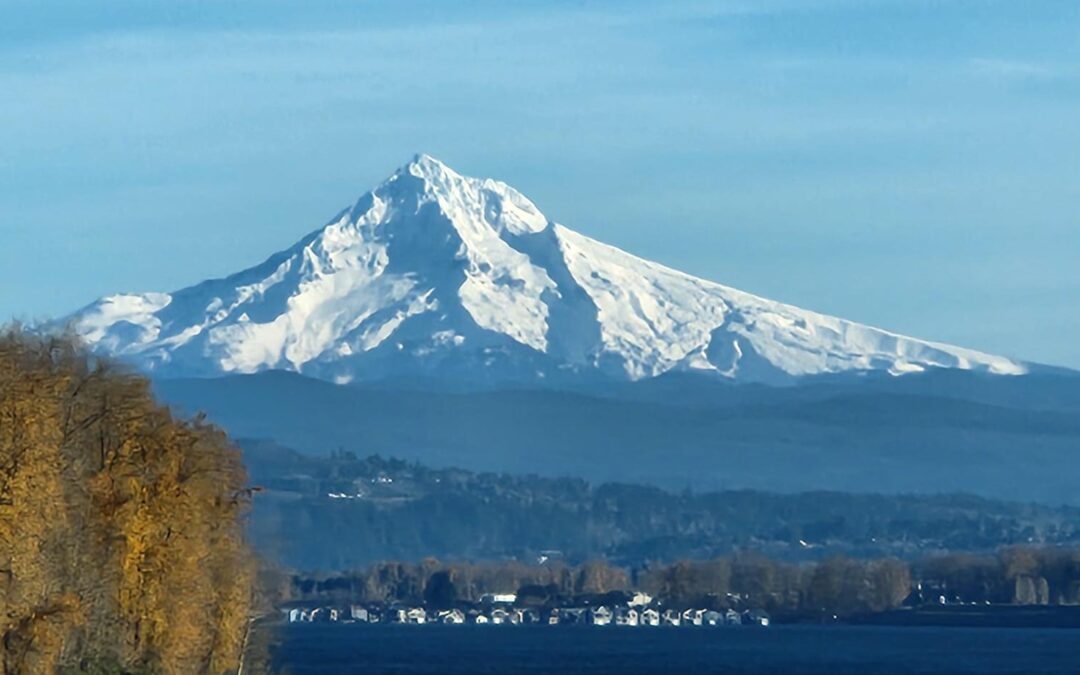The Cascades are an interesting region full chaos and mystery. Here, things are constantly in flux, it is an everchanging environment full excitement and wonder.
This is how one feels when wandering through the Cascades. You can’t help but feel a sense of amazement at how a region like this could exist in such beauty and chaos. The forces at play here are of titanic proportions and continue to shape the landscape.
In this blog we discuss about the famous volcanoes of the Cascades and how they interact the region around them.
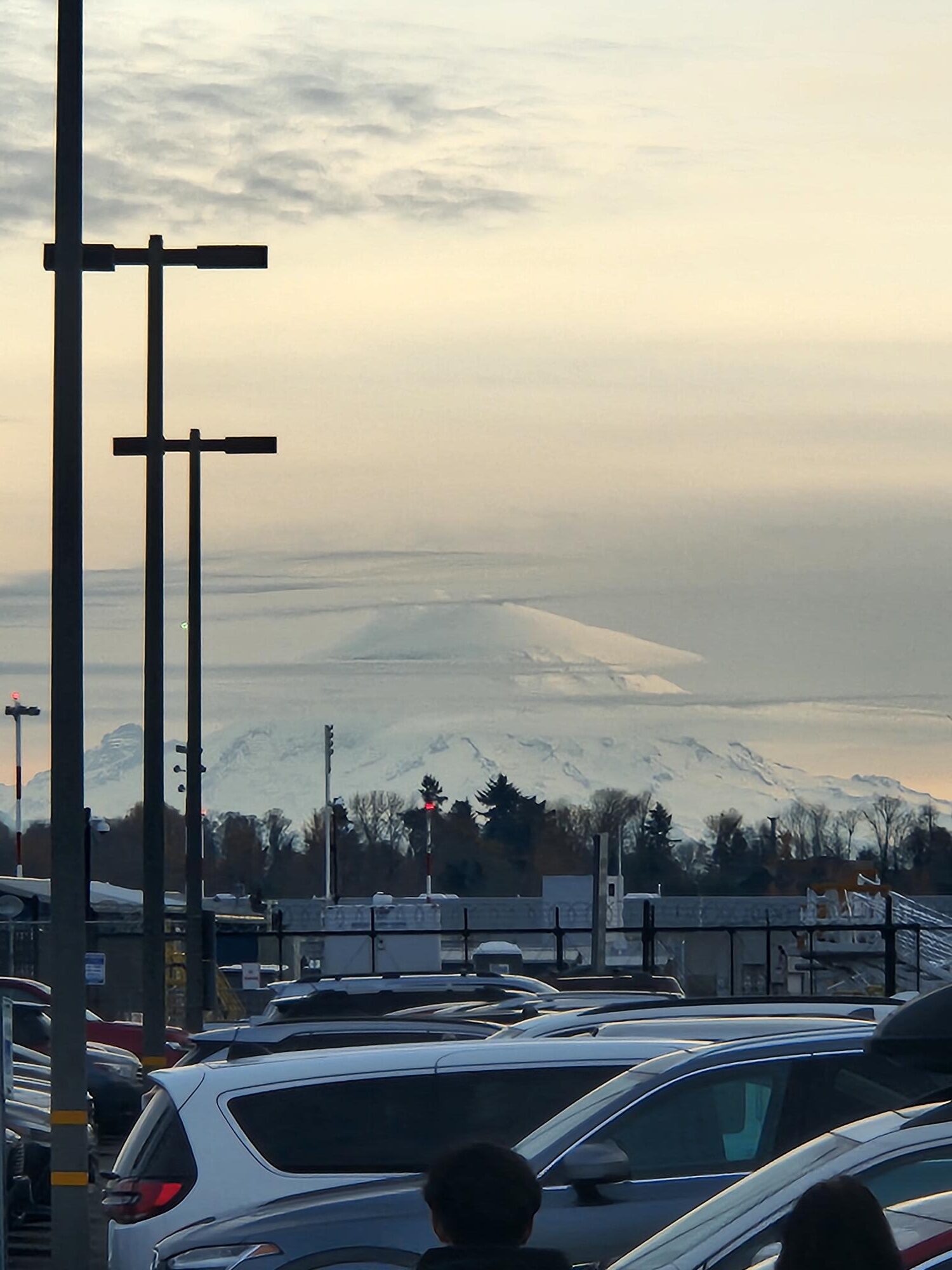
The Cascade Mountain range is a chain of mountains and volcanoes extending from Northern California up to Southern British Columbia. In BC, the Fraser River is the boundary between the Coast and Cascade mountains, with the northern limit of the Cascades extending up to Lytton BC. Mount Lassen in southern California is the most southern volcano in the Cascades. The Cascades are a mix of many different types of geological formations.
There are many different types of volcanoes within the cascades such as shield volcanoes, cinder cones and stratovolcanoes. They contribute to the unique environment of the cascades. The stratovolcanoes are the predominant type of volcano found along the Cascade Range with others being found in certain places.
The Cascades also contain many extinct volcanoes which have been eroded down to the hard cores which now form massive batholiths of incredibly hard rock. Although a young region in geologic time, the cascades have had many millions of years of volcanic history. We as humans observe only seconds of this scale in relative terms.
Many famous volcanoes call the Cascades home. These mountains have developed their own stories, folklore and reputations for their formidable appearance and environments. Mount Rainer and Mount Shasta are the tallest volcanoes of the Cascade Range and rise more than 14000ft respectively. They dominate the regions in which they occupy and provide many different resources to communities below them.
Mount St Helens is a mountain which needs no introduction. It has erupted a couple times within recent memory. The eruption on May 18th, 1980, was one that will be remembered forever. Rarely do humans get to witness volcanic eruptions, they are so infrequent over the short time spans we observe that it is an incredibly rare occurrence.
The 1980 eruption of Mount St Helens changed all of this. The destruction, chaos and power that the mount exhibited provided a window into the power of nature and the geologic forces of the earth. The mountain has had smaller eruptions since like in 2004 which were more effusive in nature. Mount St Helens remains on a high watch to see what it will do next and if it will erupt again!
Believe it or not, there is many more volcanoes within the Cascade Range and these aren’t even ones in Canada! Mount Baker, Mount Hood, Glacier Peak and Mount Adams are all volcanoes located within the Cascades and have erupted at various times in the past. Each has its distinctive features giving them defining characters. Mount Baker can be seen from Vancouver BC in Canada.
The Three Sisters are a cluster of volcanoes within the cascades that dominate the eastern side of the range. The Newberry volcano and Crater Lake are also located in this area of the Cascades down in southern Oregon. Crater lake is the remnant of Mount Mazama, a volcano that erupted explosively destroying itself in the process. This formed a deep caldera that eventually filled up with water and became Crater Lake. Nothing remains of Mount Mazama, it was completely destroyed due to the force of its explosive eruption.
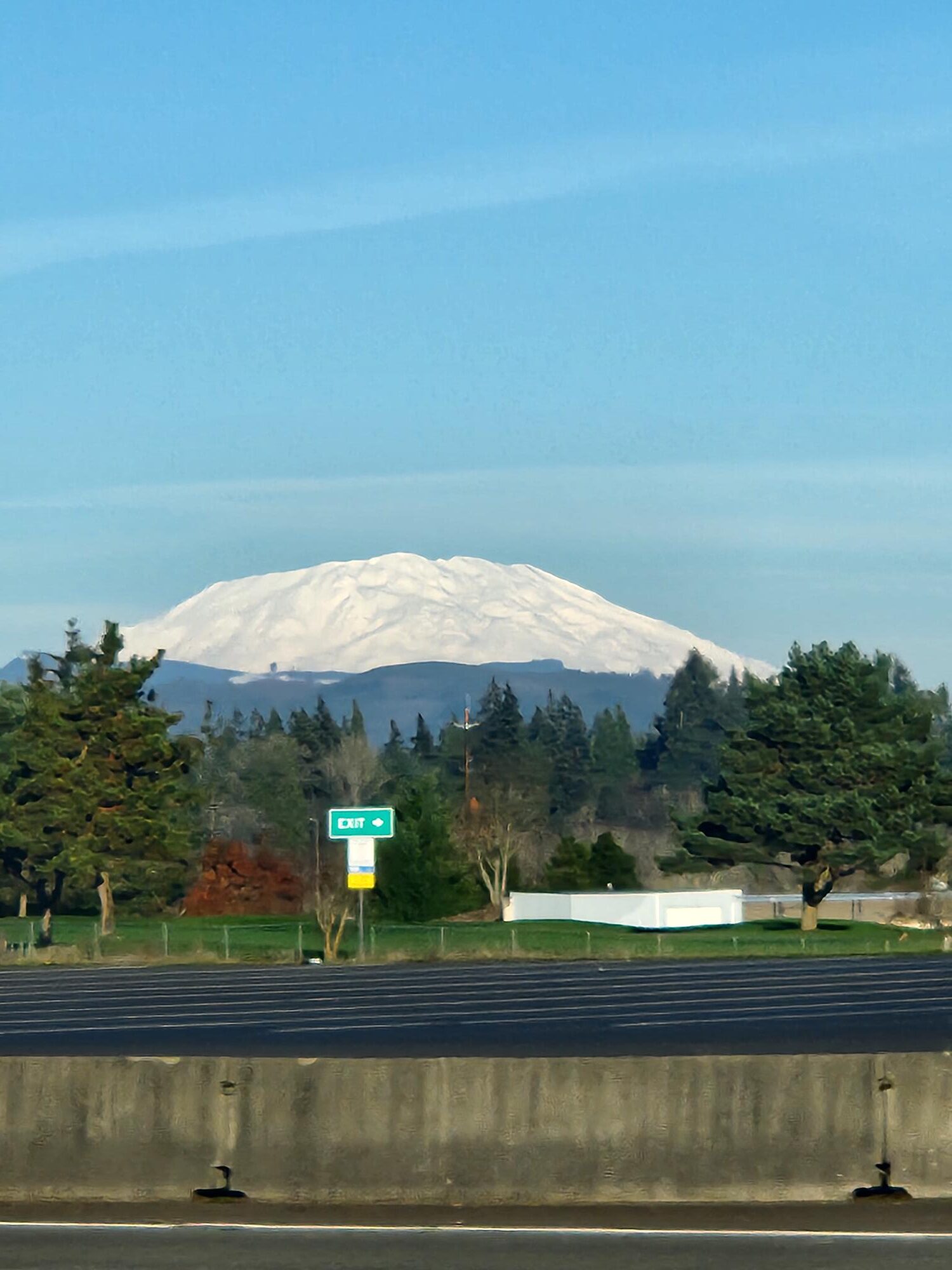
These volcanoes are from an older period of time, they tell the stories of chaotic change in the region. Three Fingered Jack and Mount Thielsen are extinct volcanoes which have eroded down to their cores. The geologic diversity in the region is incredible.
What is causing all these volcanoes to form? Subduction of the pacific plate under north America is the fuel for which these titans get their power. The plate burns of deep below within the earth which creates magma and gases which rise to form the many volcanoes of the cascades.
Hot springs can be found throughout the mountain range, this all coming from the geothermal activity taking place below. The hotsprings can be heated and are famous for the minerals and smells.
Stratovolcanoes dominate the landscape, there iconically shaped pointy snowcapped peaks poking out over the horizon of major cities such as Vancouver BC, Seattle and Portland. These stratovolcanoes can be seen from hundreds of kilometers away, captivating all those who gaze upon them.
These volcanoes rise 10,000+FT into sky, numerous glaciers form upon their flanks due to the high altitude and rain shadow effect. They rise so high that they trap moisture coming off from the Pacific Ocean. This causes rain and snow to fall on the volcanoes, the high altitude provides a cold climate to help the snow freeze, compress and eventually turn into a glacier.
Glaciers are synonymous with the volcanoes of the Cascades. They dominate the mountain tops and provide water, nutrients and sediment which provides many benefits to plants, animals and the ecosystem as a whole. The ice carves its way down the mountain sculpting and eroding the rock into various valleys, plateaus and other formations.
Ice atop a volcano you say!? That sounds like a terrifying prospect. If there was an eruption than the ice a top the volcano would melt. This event is referred to as a lahar. A lahar is a huge flow of water, mud, rocks and other debris that rushes down the sides of a volcano after an eruption has melted ice around it.
These such events are devastating and typically causing massive destruction, they are a force of nature which cannot be stopped. The most terrifying thing about them is the speed at which they travel. No vehicle can outrun it, the speed is hundreds of kilometers/miles per hour.
The lahar contains debris such as rocks, trees and other chunks of the landscape which are destroyed and transported by the incredible force of the rushing water from the melting glacial ice. Lahars are a very big problem and are a major concern to those who live close to a volcano or near a valley. Mud flows present many issues that will change the landscape in dramatic ways. The 1980 Mount St Helens eruption was one such eruption. The Toutle River Valley was dramatically changed by the mud flows from Mount St Helens.
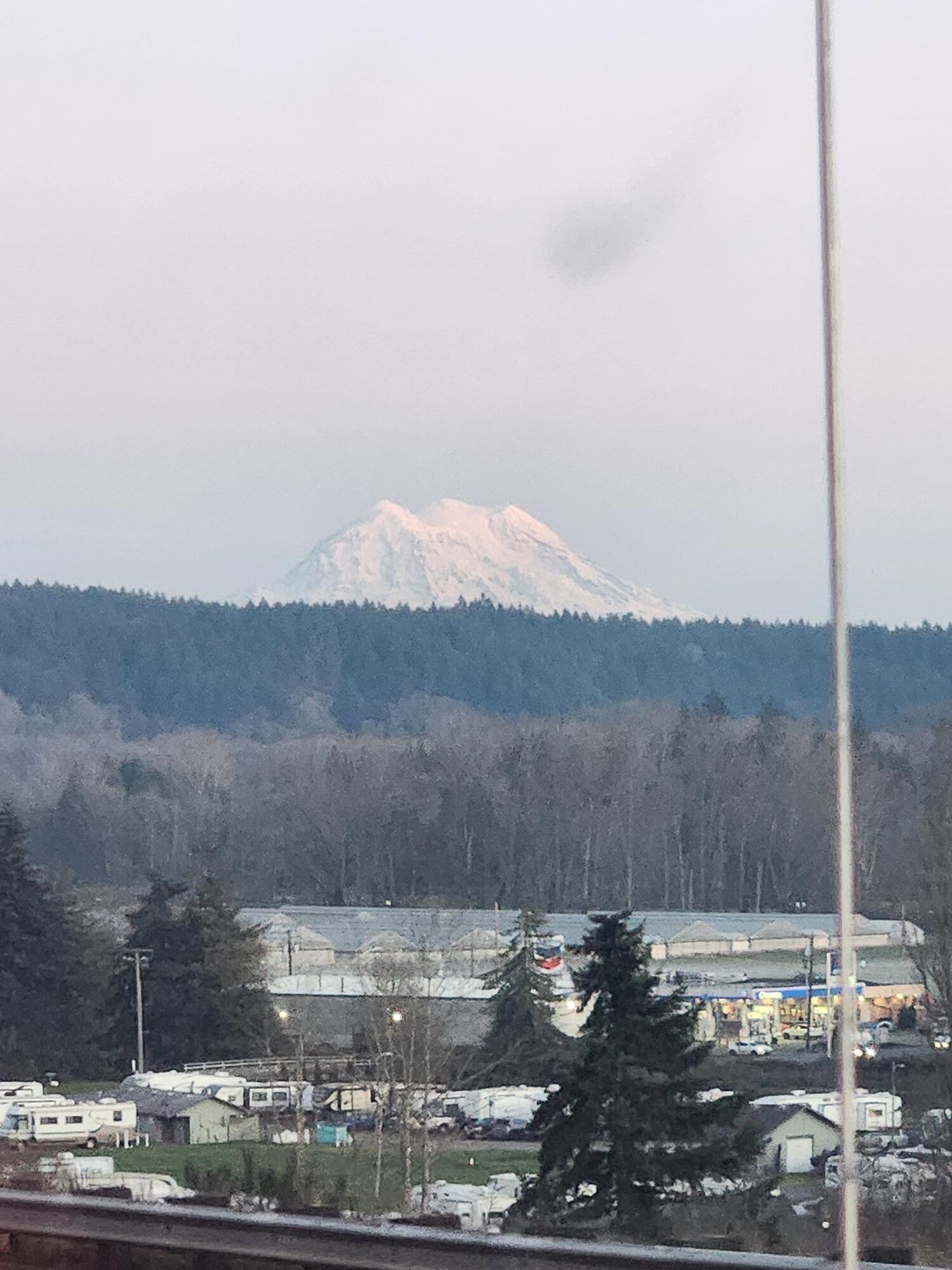
The Cascades are an incredible place, they contain so many different geologic treasures that one could spend a lifetime exploring and studying them. There is such a variety in the mountains that it can be hard comprehend how active this region actually is. It seems so unsuspecting and is always full of adventure.
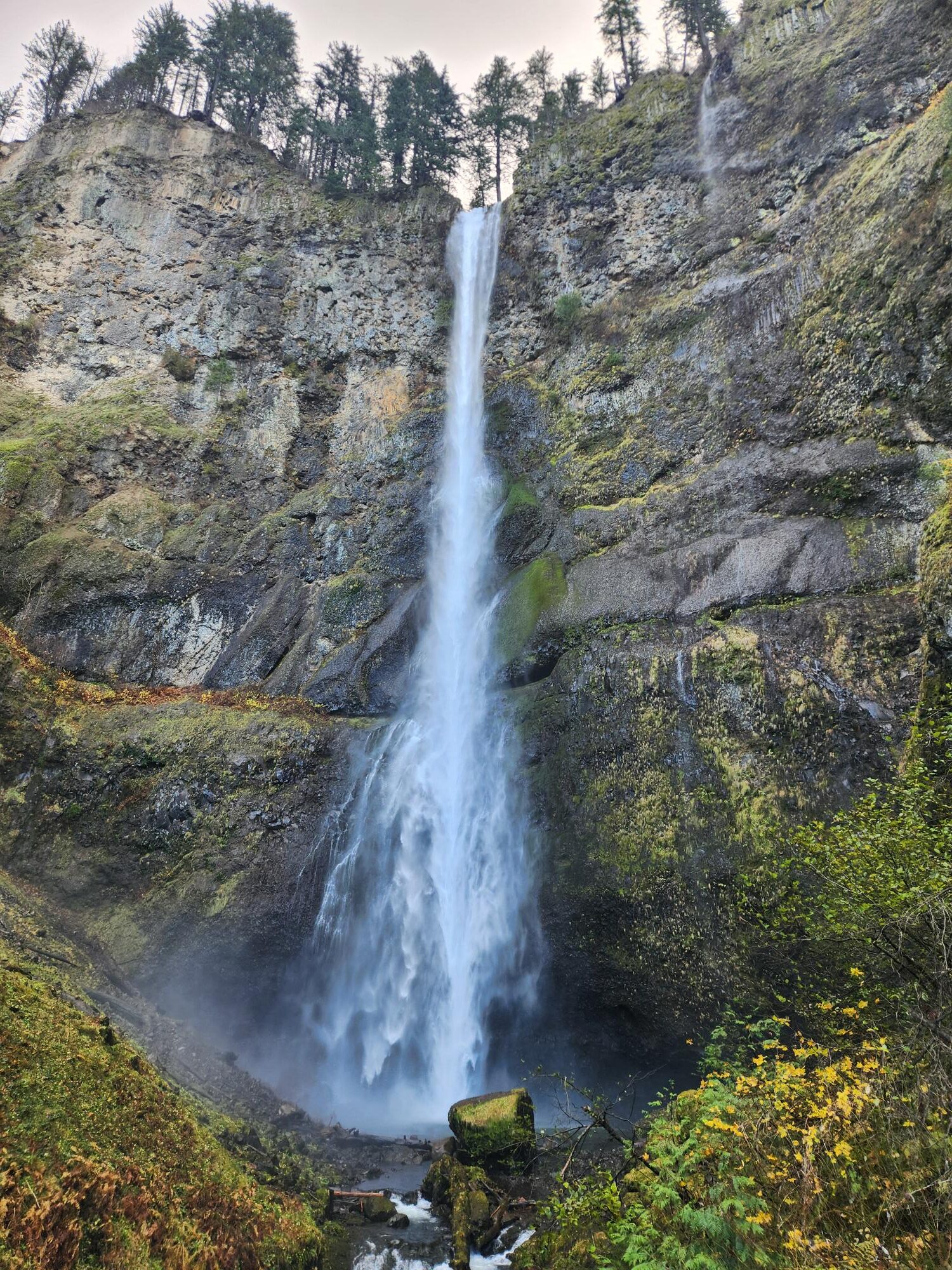
Time in geology takes place on such a grand scale that these volcanoes will live for many more years.
The average lifespan is about 2 million years for the volcanoes, after that the magma chamber hardens and new one’s form. These old volcanoes begin to erode and eventually become invisible, but the ash, debris and craters tell the story of there past.
Unfortunately, this is something we can only envision and imagine what the Cascades will look like 1 million years from now!
